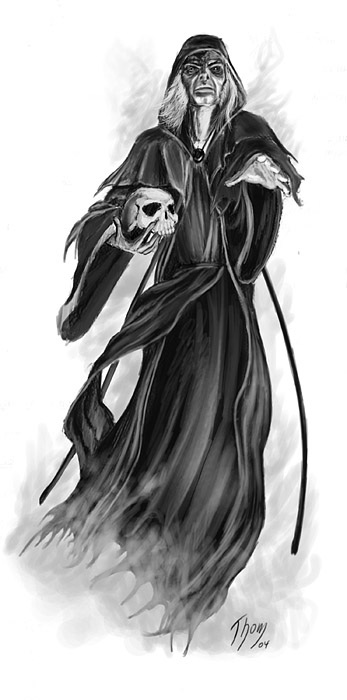Are you prepared for a zombie attack? Would you be one of the poor schlubs who gets eaten in the first hours of the zombie apocalypse or are you one of those fanatics who is ready for this unlikely, worst-case-scenario? If you’re anything like the team at Dungeon’s Master then you’re probably not going to survive very long if zombies ever rise up and attack humanity.
In case of a zombie attack, be it in your next D&D adventure or in real life, we want you to survive. To ensure that the human race stands strong when the undead rise, we’ve created a flowchart outlining what you can do to survive a zombie attack. Things will no doubt be chaotic when the zombies come for you, so the flow chart only covers the absolute essentials. Good luck!
